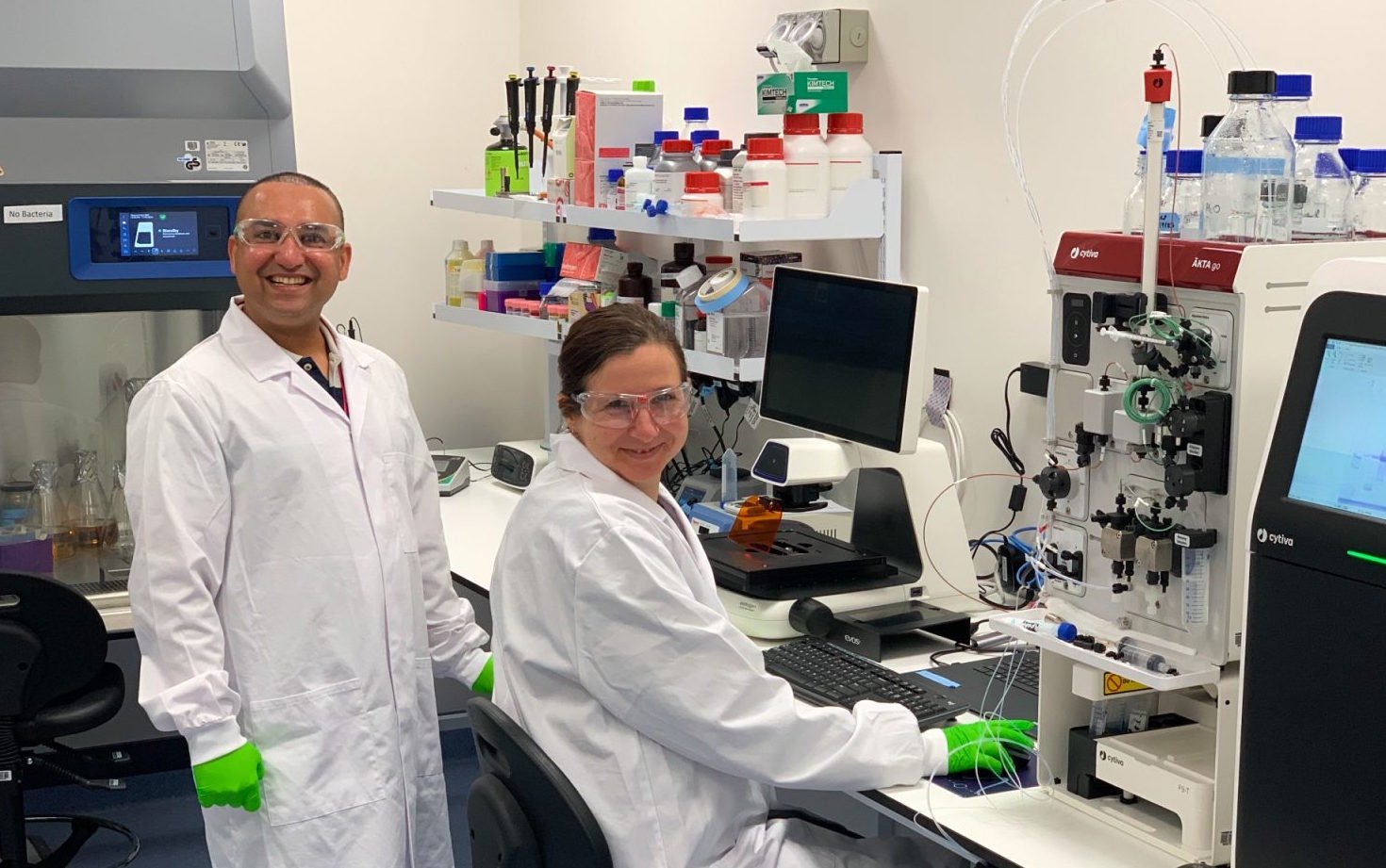Are investments in hospital data management admissible with patient expenditure
08 July 2021 | Opinion | By Hithaishi C Bhaskar
In conversation with Antonio De Castro, Senior Industry Consultant, Global Health and Life Sciences Practice at SAS (Singapore)

Antonio De Castro, Senior Industry Consultant, Global Health and Life Sciences Practice, SAS (Singapore)
A healthcare analytics system enables the balance among users, equipment and consumables. Crucial data such as the proportion of medical devices and actual number in use, accountability of trained staffs with healthcare device handling capabilities, stationing of medical staffs and devices, consumables deployed and further needed, all can be efficiently managed by installing advanced predictive analytics to accelerate healthcare success. Modern health service can be accelerated by appropriately utilising capabilities in health care analytics. Locating and accurately calibrating resource availability is the key to expedite health services for efficient deployment of medical devices, patient data, clinical progress and many more. Antonio De Castro, Senior Industry Consultant, Global Health and Life Sciences Practice at SAS (Singapore) shares complete insight into healthcare data analytics.
How do you define evolving merits and risks in health care predictive analytics? Are investments in big data management admissible with APAC healthcare expenditure while not being a burden at patient expenses?
In terms of merits, enabling a health care system to implement change that allows for the cost curve to be flattened while, at the same time, enabling access to an equitable health system that is both safe and delivers high-quality care is the key win.
Creating a health care system where the staff feels able to work in an environment that is productive and rewarding which allows for the betterment of health delivery is also key merit.
Developing an infrastructure that supports the continuation of clinical trials to enable better drug development and delivery is essential too. When done properly and the results are used to drive a data-driven change solution, the expenditure is never a patient expense. Utilizing data to reduce waste, eliminate unnecessary processes and drive towards a healthier population delivers far greater savings than the investment in analytics.
In terms of Risk (which are always present in any strategy), the first one is there is expenditure in a solution that does not deliver what is promised or is not utilized to deliver the changes it was implemented to drive. This will then become a cost burden on the patients if the investment is used to build a data management solution that has no impact.
Another risk is the potential to exclude patients, poor quality analytics can create and enhance bias in the healthcare system that results in negative outcomes for patients and hospital staff too. Data that is used to exclude, deprioritize, or deny coverage to patients is seen as a risk, especially when it is tied to privacy concerns too.
Overall, there are significant gains to be made in terms of patient outcomes and overall health care delivery from an analytical approach and this does not need to be seen as a cost that detracts from the patient. Being aware of the risks and the mitigation of them will allow the APAC health care systems to become higher quality, accessible and cost-effective in their response to health care needs.
How do you foresee APAC prospects and progress in the arena of analytics-driven medical resource optimization?
The Covid-19 crisis has shone a light on health systems that did not understand the resources they had or how to scale up to meet a sudden demand. Hospitals and health systems in APAC should now be looking at this lesson learned to drive a medical resource optimization strategy to enable a better response to crises in the future.
In any crisis, there are 3 stages in that analytics can play a role. These are Respond, Recover and then Reimagine. These stages are vital in any crisis and have often not been the focus of a preparation strategy.
Utilizing the recent experience of a crisis to drive situational analytics and modernize resource allocation is likely to be driven by government incentives to improve.
The need to combat the pandemic gives way for progress in healthcare data harmonization. This will ultimately give way for progress in terms of technical skills and culture around data analytics.
An example of this would be a Visual Analytics dashboard that was created for the Southern Philippines Medical Center (SPMC) to provide support during the pandemic. The dashboard provided an overview of the COVID cases as well as available supplies and medical equipment critical to the COVID response. This prompted the Center on investigating, tracking and visualizing their data in ways that would best serve their operations.
This also prompted discussions with other healthcare providers to compare information and outcomes. The real crisis would be if the healthcare industry doesn’t continue the progress accelerated by the pandemic in adopting data-driven approaches to optimize the healthcare processes, enhance the patient experience and improve health outcomes.
Hithaishi C Bhaskar
hithaishi.cb@mmactiv.com












